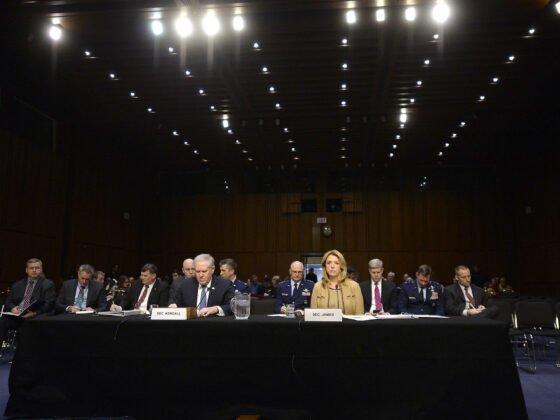(Cambridge Core blog) For decades, external observers have dismissed Belarus as a country with a weak or contested national identity and an underdeveloped civil society. Academic articles about the country often remark on how little it has changed since the collapse of the Soviet Union. Belarus was the domino few expected to fall when a series of color revolutions swept the region in the 2000s. When Russia invaded Ukraine in 2014, some analysts even took heart in Belarus’s predictable lack of change.
The current moment is different. People from all walks of life have come together to demand free and fair elections – having truly experienced this only once, when Alyaksandr Lukashenka was first elected in 1994. More than a week after the election, nonviolent protests continue across Belarus. They include all cross-sections of society, including the smallest towns and villages, and have spread to state-owned industries. The use of disproportionate violence by the regime – two protesters have died and at least 7,000 were detained and brutally beaten in custody – has backfired, bringing more people into the streets. […]
Read More © Cambridge Core blog
Co-author: Volha Charnysh











